
What Are The Best Hair Extensions?
What Are The Best Hair Extensions?
Content
- What are the best Hair Extension.
- Do hair extension damage you hair?
- Choose the best hair extension, 5 essential factors.
- 3.1 Material: Real Human Hair vs. Synthetic
- 3.2 Quality: Lifespan Matters
- 3.3 Application Method: Balancing Convenience and Safety
- 3.4 Color and Length: The Art of Blending
- 3.5 Hair Health: Prioritize Gentle Methods
- Top 5 Least Damaging Hair Extension Methods
- 4.1 Clip-In Hair Extensions: The Ultimate Temporary Fix
- 4.2 Halo Hair Extensions: The Invisible Crown
- 4.3 Tape-In Hair Extensions: Semi-Permanent Volume
- 4.4 Hand-Tied Hair Weaves (Sew-In Hair Extensions): The Classic Choice
- 4.5Keratin Pre-Bonded Hair Extensions: The Seamless Fusion
- Aftercare: Maximizing Extension Lifespan
- Final Thoughts: Quality is King
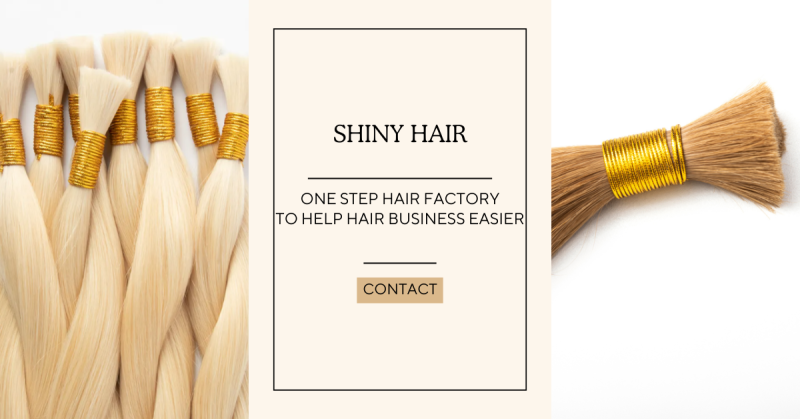
what are the best hair extension
1. What Are The Best Hair Extensions?
Long, voluminous hair is a beauty ideal many aspire to, but not everyone is blessed with naturally thick or lengthy locks. Best Hair Extensions: a versatile solution to elevate your hairstyle, whether you crave subtle enhancement or a dramatic transformation. With countless options flooding the market, selecting the best extensions can feel overwhelming. But fear not—this guide will simplify your journey, helping you find extensions that blend seamlessly with your natural hair, suit your lifestyle, and prioritize hair health.
2. Do Hair Extensions Damage Your Hair?
A quick Google search might leave you terrified by horror stories of thinning hair, breakage, and costly repairs. While improper use or low-quality extensions can harm your hair, the truth is: high quality extensions, applied correctly, are safe and non-damaging. The key lies in choosing the right method, material, and aftercare routine. Think of extensions like high heels—when worn occasionally and with care, they’re fabulous. Overuse or poor choices? That’s where problems arise.
So, how do you avoid disaster? Let’s dive into the factors that determine the safety and effectiveness of your extensions.
3. Choosing the Best Hair Extensions: 5 Essential Factors
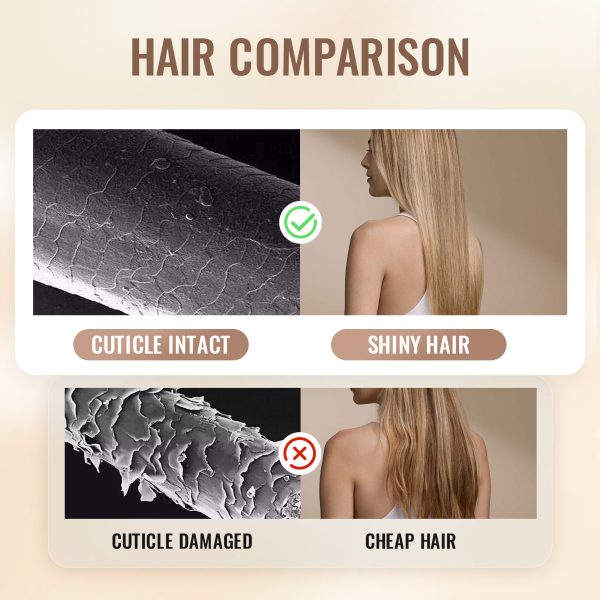
100% virgin human hair
3.1 Material: Real Human Hair vs. Synthetic
The foundation of great extensions is the hair material. Here’s the breakdown:
- 100% Human Hair: The gold standard. Human hair extensions mimic natural hair perfectly—they can be washed, styled, and colored (within reason). They’re breathable, lightweight, and long-lasting.
Virgin Hair: Unprocessed hair, chemical-free hair cut directly from a donor. It’s the healthiest, most durable option, ideal for blending with fine or sensitive hair.
Remy Hair: Hair with cuticles intact and aligned to prevent tangling. A budget-friendly alternative to virgin hair.
- Synthetic Hair: Affordable but less realistic. Synthetic fibers can’t withstand heat styling and typically last 1–3 months. Best for short-term or costume use.
Pro Tip: Always opt for human hair if you want longevity and a natural look.
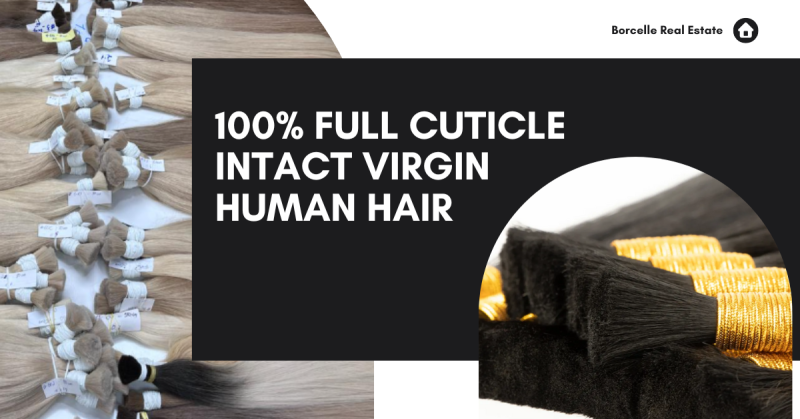
full cuticle intact hair extension
3.2 Quality: Lifespan Matters
Quality determines how long your extensions stay silky and vibrant. Look for these indicators:
- Cuticle Integrity: Remy or virgin hair retains its cuticle layer, reducing tangling and matting.
- Ethical Sourcing: Reputable brands trace their hair to ethical donors, ensuring quality and sustainability.
- Brand Tiers: Many companies categorize hair by “ranges” (e.g., “Luxury” for 10–12 months, “Premium” for 20+ months).
Example: A premium virgin Slavic hair bundle can last 18–24 months with proper care, while lower-grade synthetic hair might fray within weeks.
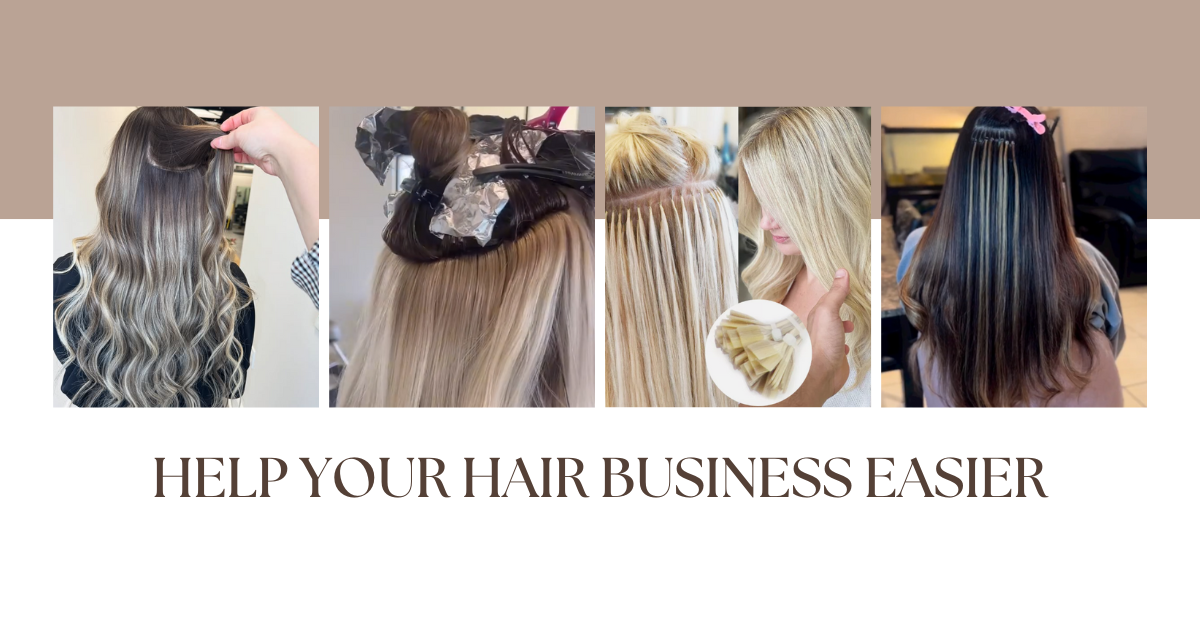
what are the best hair extension
3.3 Application Method: Balancing Convenience and Safety
The application technique impacts both aesthetics and hair health. Below, we’ll rank methods from least to most damaging, but first, consider:
- Lifestyle: Do you need daily wear or occasional glam?
- Hair Type: Fine, thick, curly, or chemically treated?
- Budget: Some methods require salon visits every 6–8 weeks.
3.4 Color and Length: The Art of Blending
Extensions should disappear into your natural hair. Follow these rules:
- Match Your Roots: Extensions should mirror your root color, not your ends (which lighten over time).
- Custom Coloring: Have a stylist dye human hair extensions to match your shade. Avoid DIY dyes on synthetic hair.
- Length Goals: Extensions shouldn’t exceed 6–8 inches longer than your natural hair. Excess length strains roots.
3.5 Hair Health: Prioritize Gentle Methods
If your hair is fragile, recovering from damage, or prone to breakage, opt for temporary or low-tension methods (more on this below).
4. Top 5 Least Damaging Hair Extension Methods
Let’s explore the safest application techniques, starting with the least damaging:
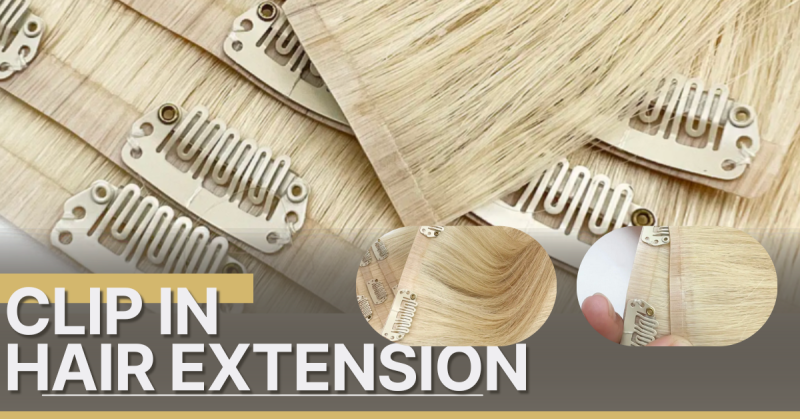
clip in hair extension
4.1 Clip-In Hair Extensions: The Ultimate Temporary Fix
- Damage Level: None (when used correctly).
- How They Work: Clip-ins attach via small silicone-lined clips snapped onto sections of natural hair.
- Pros:
Zero commitment: Remove them nightly.
Instant volume for events, photos, or bad hair days.
Reusable and easy to apply at home.
- Cons:
Not ideal for daily wear (friction can weaken hair over time).
Limited styling for updos (clips may show).
- Best For: Fine hair, beginners, or special occasions.
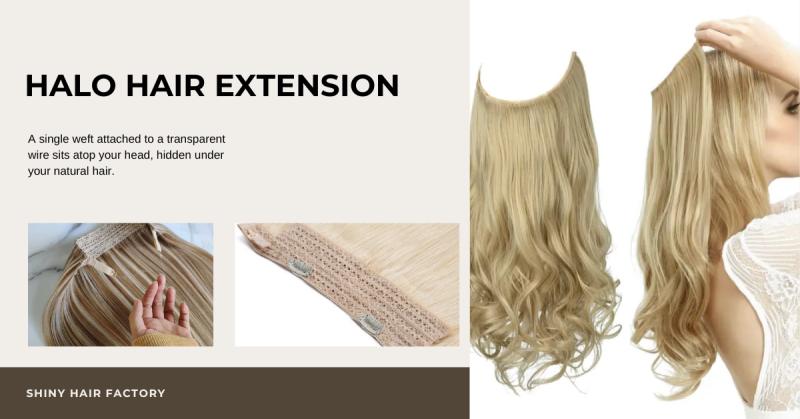
Halo hair extension
4.2 Halo Hair Extensions: The Invisible Crown
- Damage Level: None.
- How They Work: A single weft attached to a transparent wire sits atop your head, hidden under your natural hair.
- Pros:
No clips, glue, or braids.
Lightweight and comfortable.
Perfect for medium-to-thick hair.
- Cons:
Less secure for high-impact activities (think: wind, dancing).
Limited volume compared to clip-ins.
- Best For: Adding subtle length without weight.
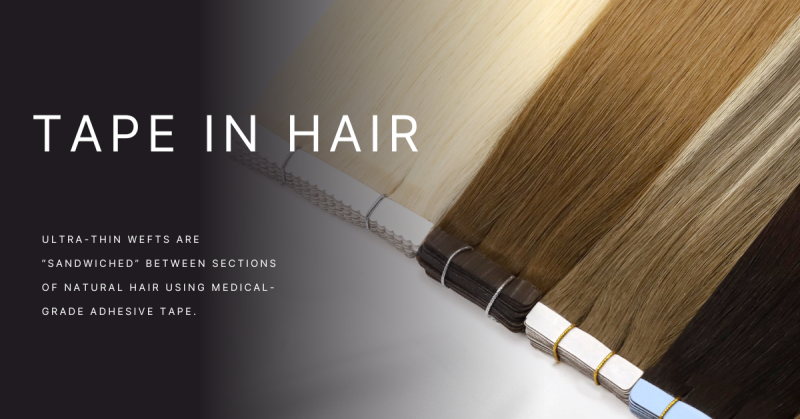
Tape in hair extension
4.3 Tape-In Hair Extensions: Semi-Permanent Volume
- Damage Level: Low (with proper removal).
- How They Work: Ultra-thin wefts are “sandwiched” between sections of natural hair using medical-grade adhesive tape.
- Pros:
Flatter than clip-ins, ideal for sleek styles.
Lasts 6–8 weeks with salon maintenance.
Blends seamlessly with fine hair.
- Cons:
Requires professional removal to avoid tugging.
Avoid oily scalp products (they loosen adhesive).
- Best For: Medium-length hair seeking lightweight volume.
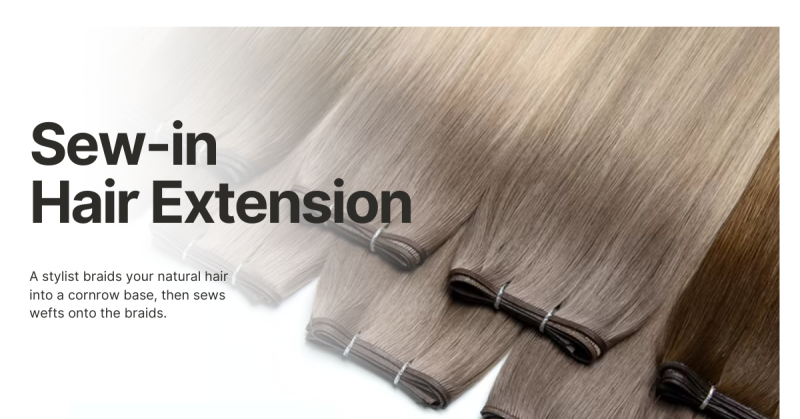
genius wefts
4.4 Hand-Tied Hair Weaves (Sew-In Hair Extensions): The Classic Choice
- Damage Level: Low-to-moderate.
- How They Work: A stylist braids your natural hair into a cornrow base, then sews wefts onto the braids.
- Pros:
Durable (lasts 2–3 months).
Allows versatile styling (ponytails, updos).
- Cons:
Tight braids can stress edges if poorly installed.
Requires meticulous scalp care to avoid buildup.
- Best For: Thick or curly hair needing long-term volume.
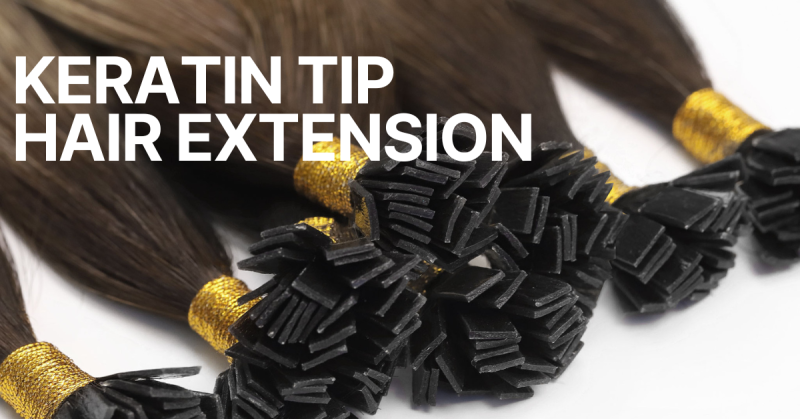
keratin tip hair extension
4.5 Keratin Pre-Bonded Hair Extensions: The Seamless Fusion
- Damage Level: Moderate (requires heat for application).
- How They Work: Keratin-tipped strands are fused to natural hair using a heat tool.
- Pros:
Undetectable, natural movement.
Lasts 3–4 months with touch-ups.
- Cons:
Improper removal can strip natural hair.
Not ideal for very fine or bleached hair.
- Best For: Adding highlights or length with a salon-perfect finish.
5. Aftercare: Maximizing Extension Lifespan
Protect your investment with these tips:
- Wash Gently: Use sulfate-free shampoo, focusing on the mid-lengths. Avoid scrubbing bonds or clips.
- Detangle Daily: Start from the ends with a wide-tooth comb.
- Heat Protection: Always apply a heat protectant before styling.
- Storage: Keep clip-ins in a silk pouch to prevent tangling.
6. Final Thoughts: Quality is King
The best extensions marry quality, technique, and personalization. Virgin or Remy human hair offers unmatched realism and longevity, while clip-ins or halo extensions provide flexibility for delicate hair. Always consult a certified stylist to assess your hair’s needs—they’ll consider your texture, density, and goals to recommend the safest, most flattering option.
Remember, gorgeous hair extension shouldn’t come at the cost of health. By choosing wisely and caring for your extensions, you’ll enjoy head-turning locks without compromise.
Ready to transform your look? Explore our curated collection of ethically sourced, salon-grade extensions—your dream hair is just a click away!



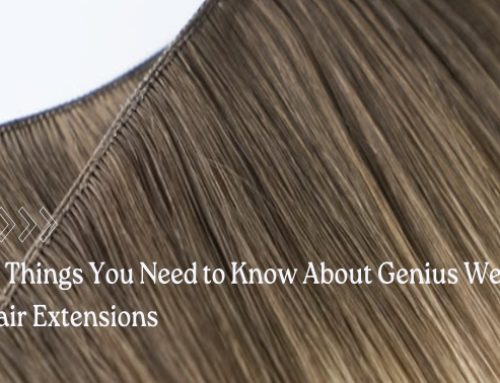

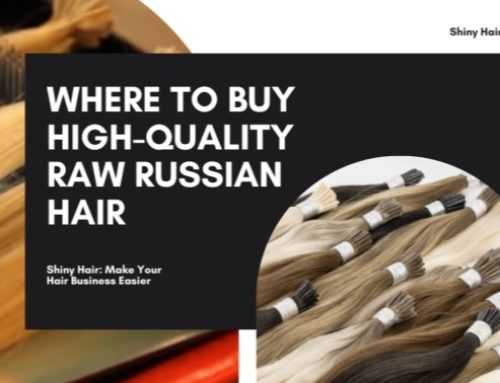







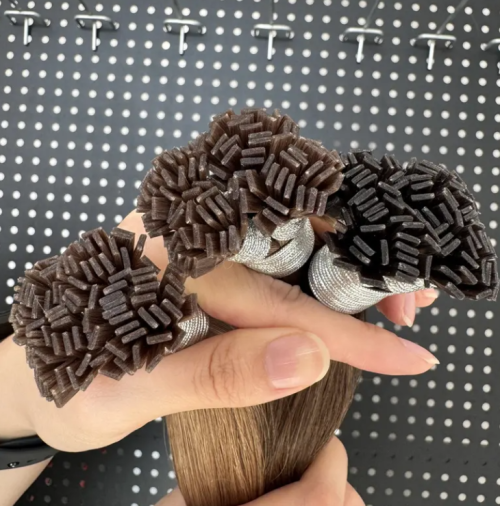
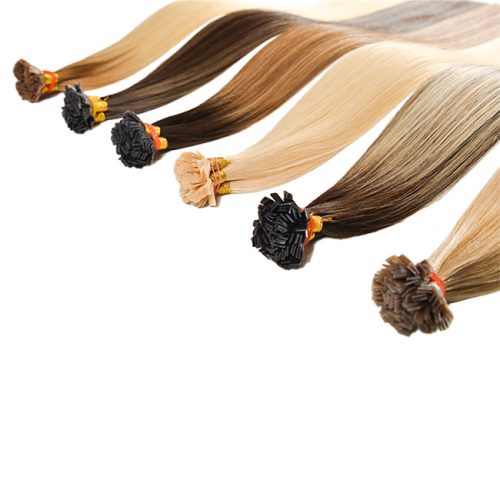

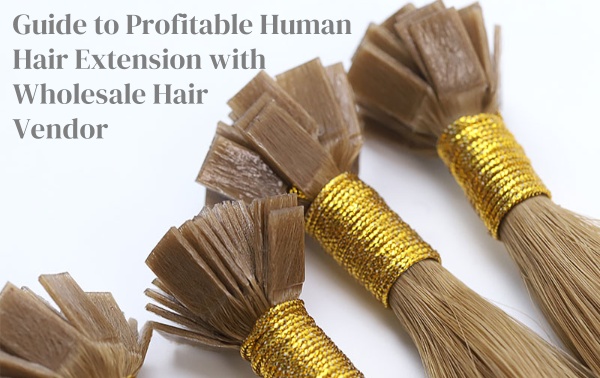
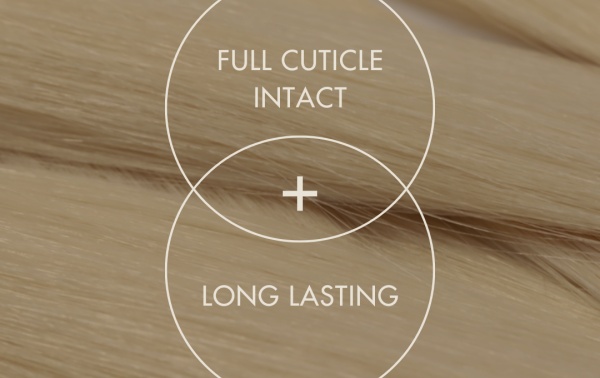
Shiny Official says:
A WordPress Commenter says: